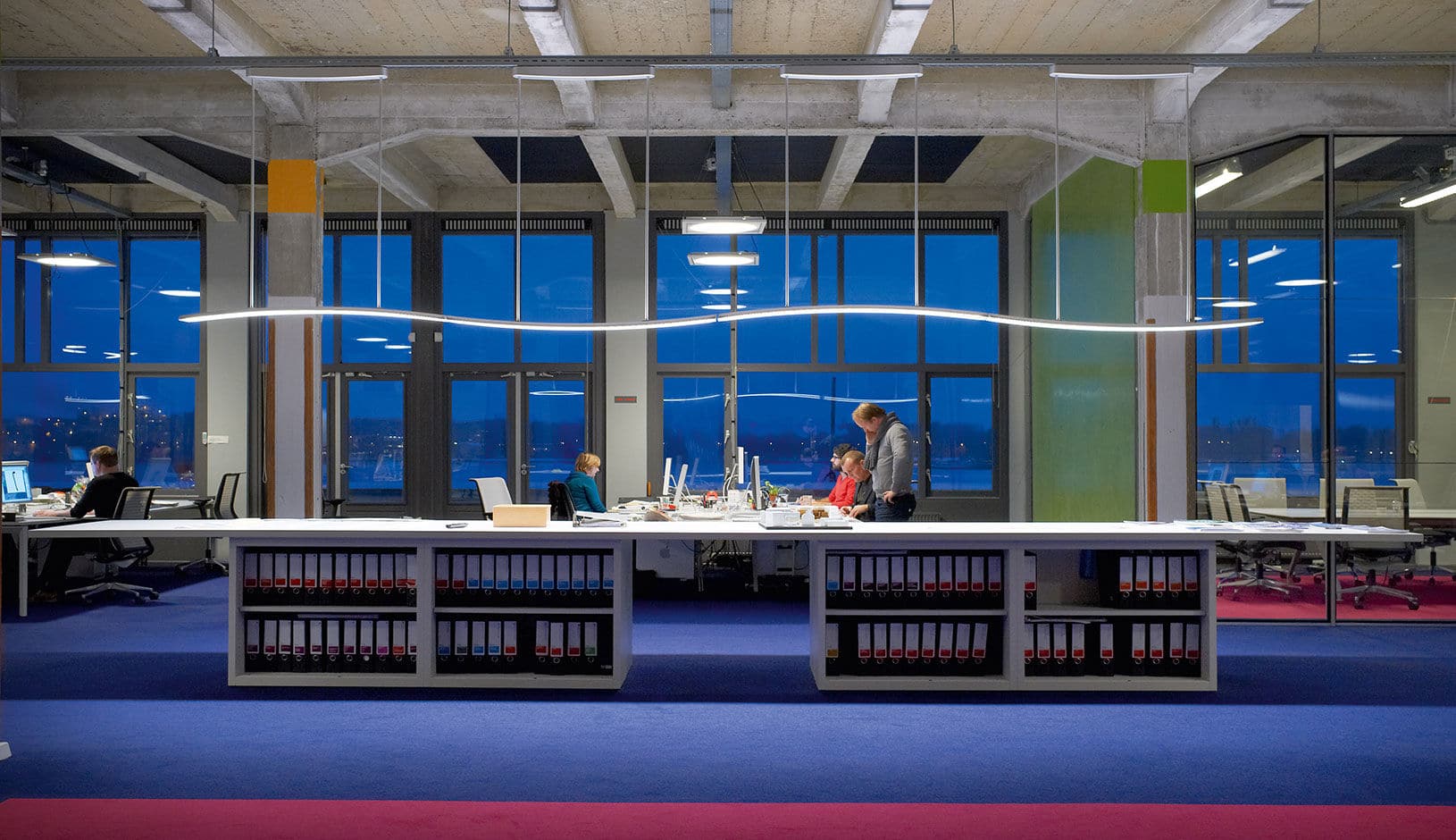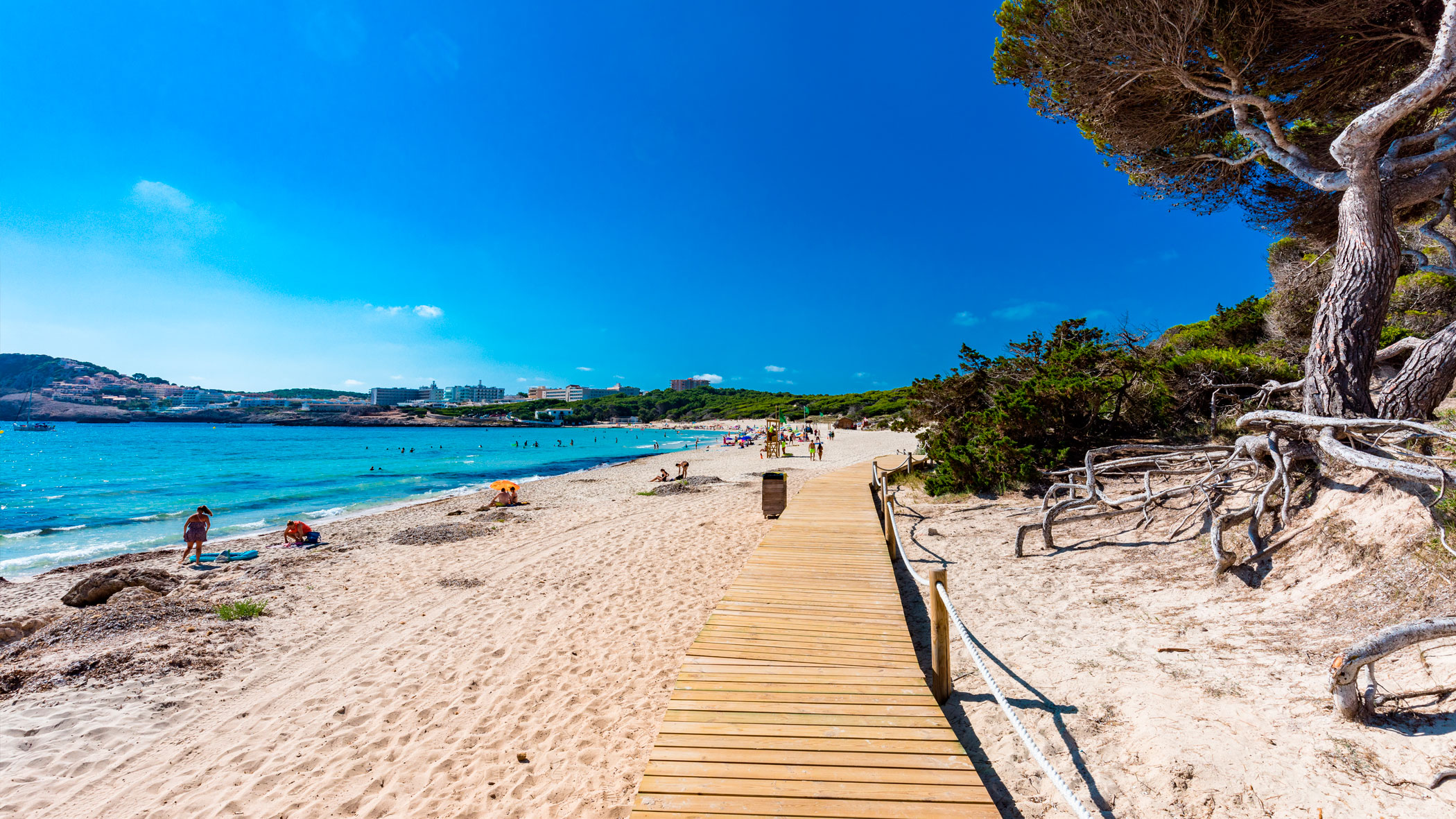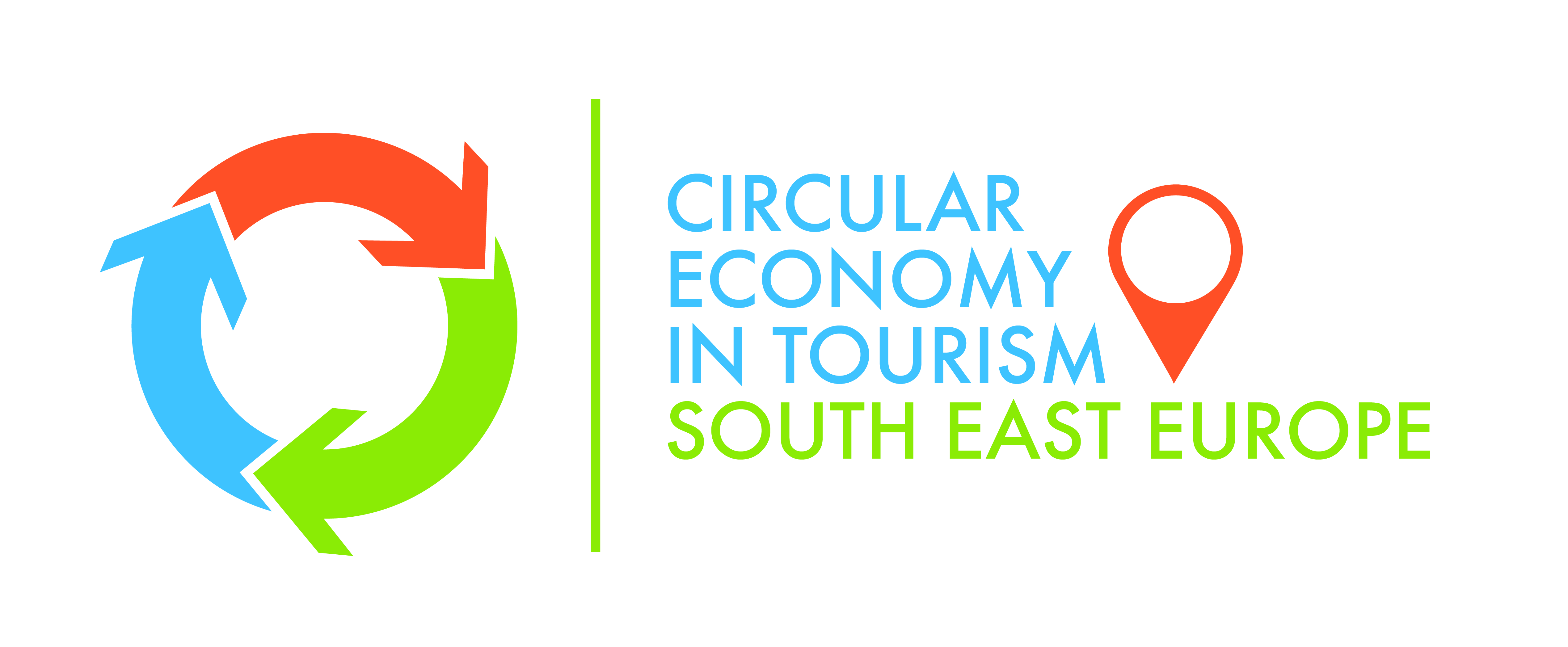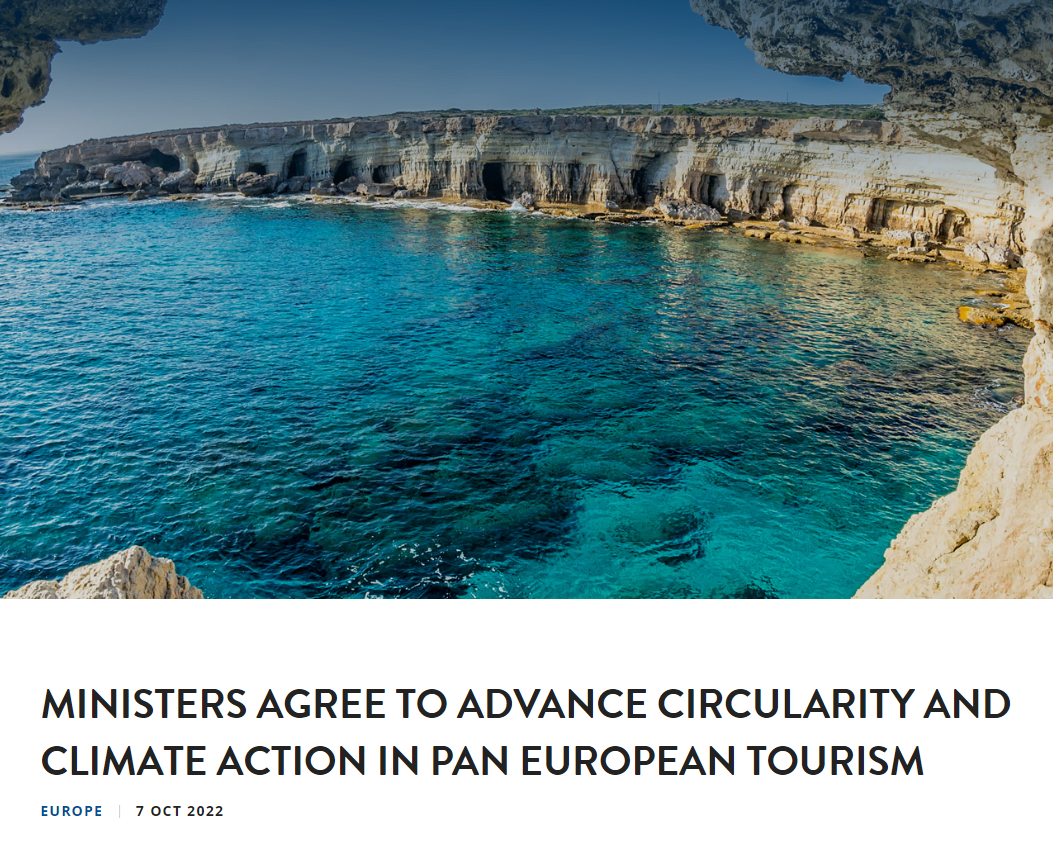Lighting Installation As A Service
Amsterdam - Philips and architect Thomas Rau have started a 'Pay per lux' trial together, in which the user only pays for the amount of light consumed and does not own the lighting installation itself. Amsterdam's Schipol Airport will be lit based on this new service concept. In this concept, Philips is the main contractor, which means that both the lighting installation and the energy bill are for the account of Philips and that Philips remains the owner of the products. The latter is to stimulate the innovation speed of the energy consumption of lighting. At the end of the contract period, Philips will return the lighting products to the production process and reuse the raw materials. This way, no unnecessary waste is produced, and recycling is optimized.
The "produce more and sell more" business model could become outdated due to Philips' "product-as-a-service" strategy, which is a sign of how one may consume in the future. This is a massive potential for people, the planet, and profit since it successfully combines circularity - resource consumption, ease for customers, and revenue for the company.
Amsterdam's Schipol Airport choose to buy light from Philips without buying luminaire and opt for a 'pay per lux' installation. The specially developed sustainable Philips luminaires, which hang in an attractive pattern in the transfer hall above the passenger' heads, comply with the stringent requirements of the circular economy concept. The customised solution reduces the up-front expenses of installing energy-efficient lighting. The most economical and efficient lighting is provided through planning for lifespan rather than using a "fit and forget" strategy, which promotes the use of energy-saving lighting. Products can be put back into production at the conclusion of the contract, reusing the raw materials, improving recycling, and minimising waste.
Pay-per-lux or subscription-based Lighting as a Service (LaaS) does this by leaving the ownership of the fittings and controls with the vendor right through to recycling. Users no longer buy lighting, they rent light, which takes lighting out of capital expenditure and makes it an operating cost that may be reduced as the system gets more innovative or more efficient.
External source(s)






